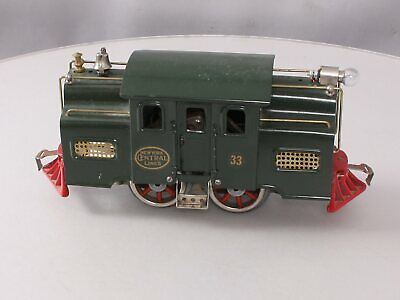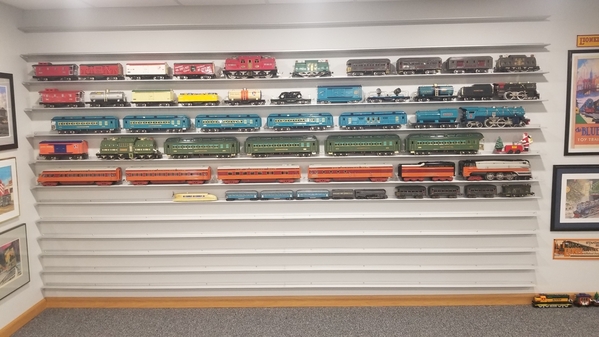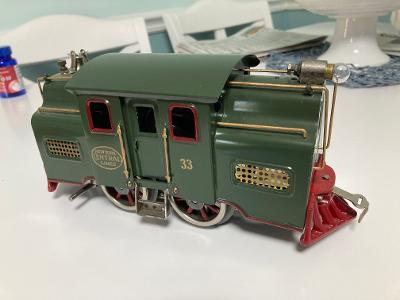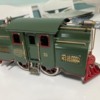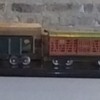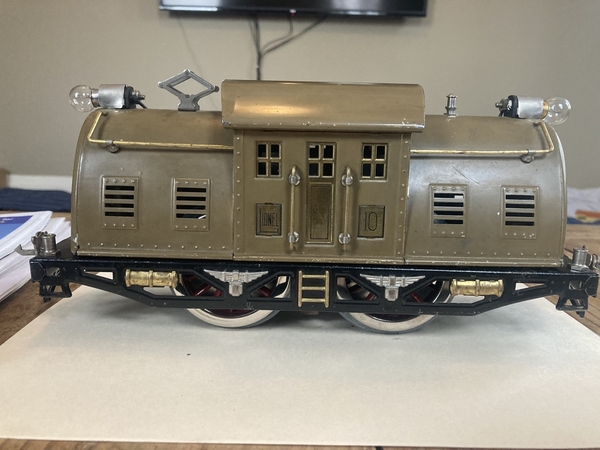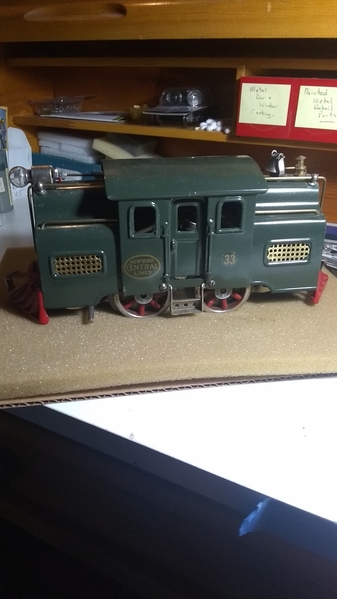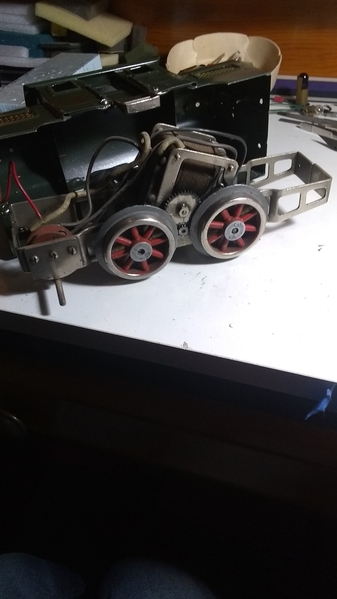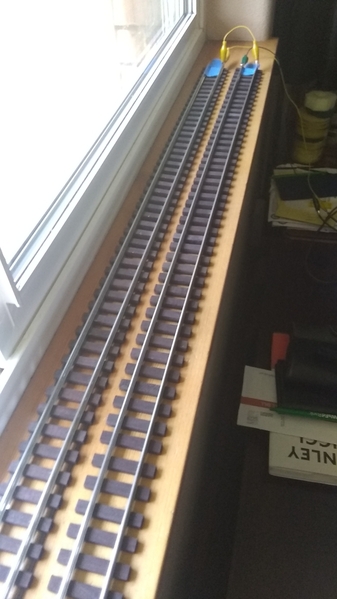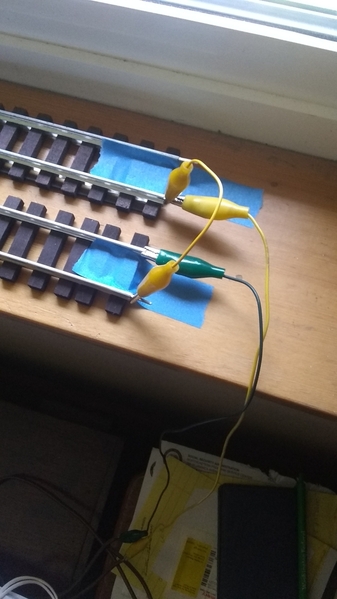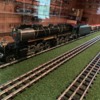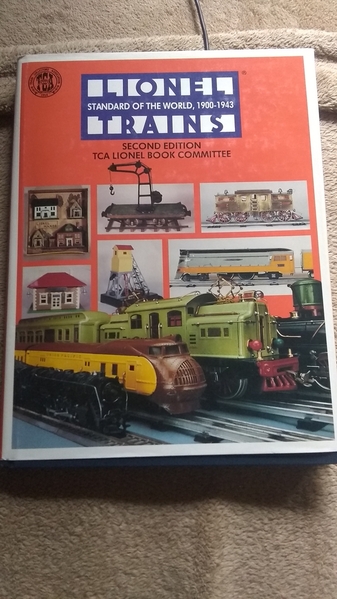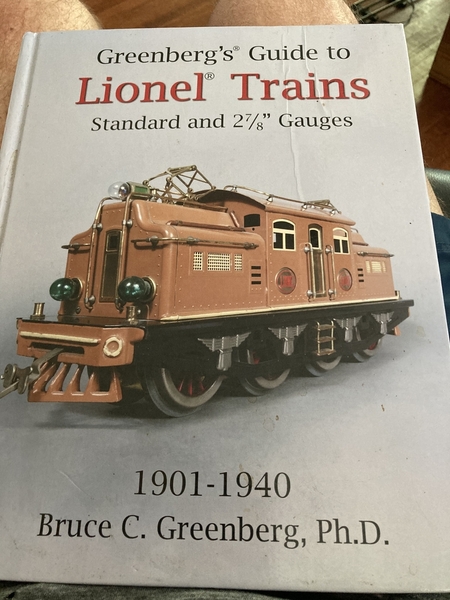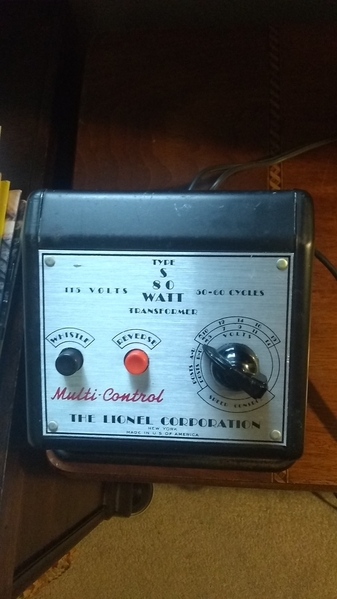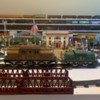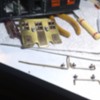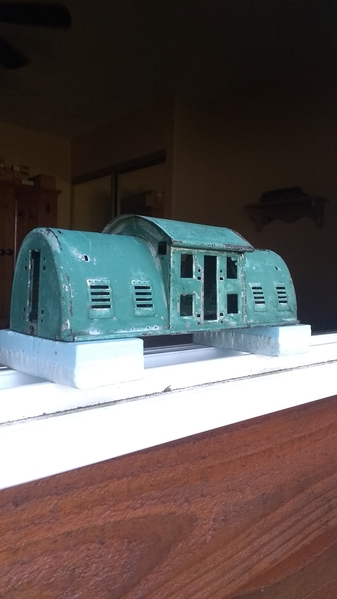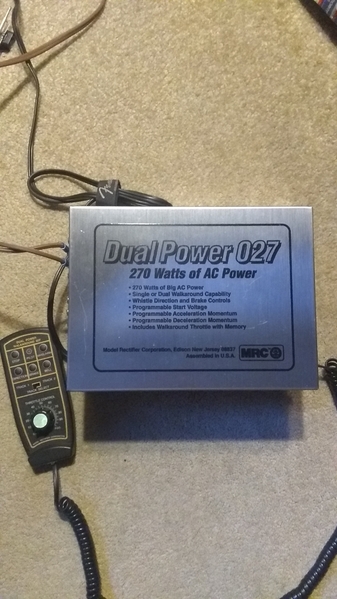I have been in and out of HO and O 3 rail a couple of times in my life. My dad got us started in standard gauge with a 'restorable' 402 set in 1968. That layout (hovering above the HO and O) was taken down in 1973, and I didn't get another SG layout until about 2009 except for a Christmas loop. The Standard Gauge Module Association was the real impetus for me, and although I started to by SG again in the early 2000's, it really took off about 2010. I spend very little time with the other gauges now, and as a relatively new builder (since 2016), standard gauge consumes all of my model train thoughts. The stuff has such charm, and I'm fortunate enough to be able to build a few new items to expand on what Lionel, Ives, American Flyer and Dorfan made in the 20's and 30's.
There is a great standard gauge community that has built and strengthened based on being able to run these awesome trains on 50 to 80 foot long layouts with train lengths unheard of in the past, a lot of fun.
MTH and to an extent, modern Lionel, get a lot of credit for keeping standard gauge vibrant. So many shiny new trains, reproductions and new paint schemes, some locos that only one were built now got produced (Lionel super 381 and the brute for example). Almost none of us could own an original Ives Prosperity set, but a pretty awesome and shiny reproduction could be had for a small fraction of the price.
There are still folks making parts, Henning's Trains for wheels, Joe Mania for all the shiny brass and chrome parts and many more, MTH still with some stock of parts (getting a little spotty) and a number of experts out there to do repairs, you can kill the stuff.
So I'm optimistic about the future of standard gauge, a lot of trains out there, we will see many handed down from older train guys to the new folks, Kirk Lindvig and Chris Bogus at USA Track still making the best track you can buy, Ross making some very nice switches. Dallee about to come out with a new transformer that will be adequate for the more power hungry trains.
And a growing group of us that are not afraid to repair, restore, modify, or build new and unique examples to suit our own tastes.
Jim




